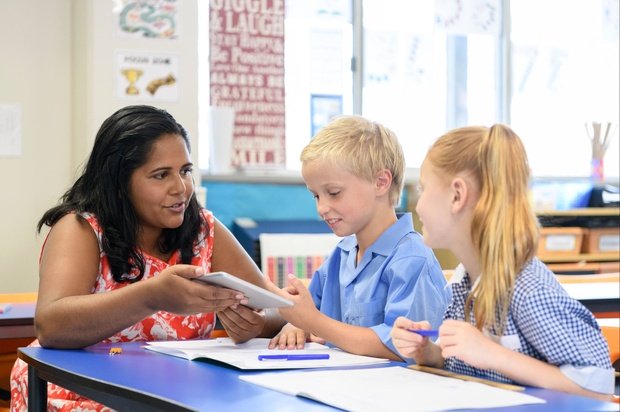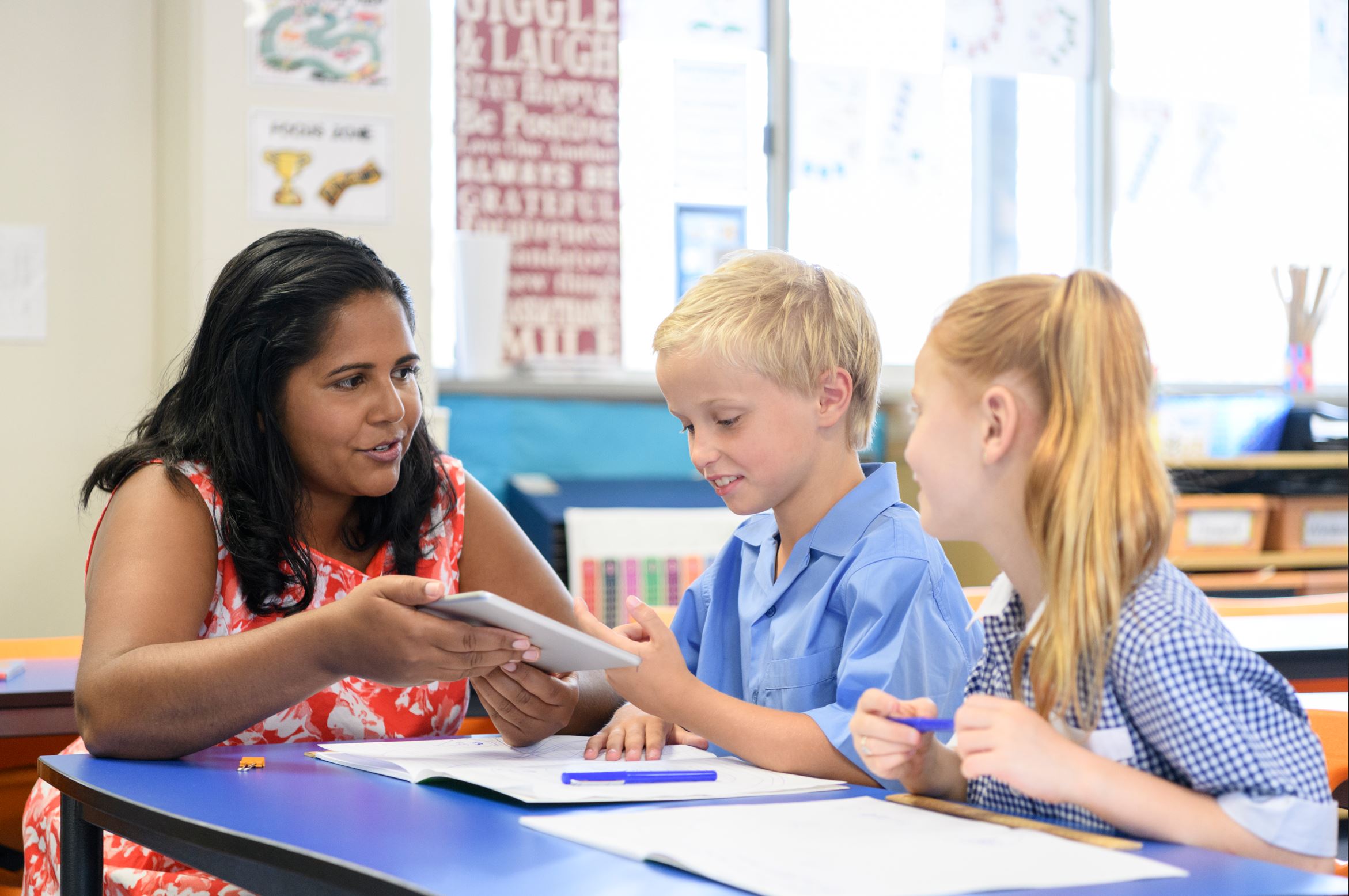This is because children reading well in the early years is going to make secondary teachers’ jobs easier.
For too long, the Victorian Government has left teachers and schools to decide how to teach reading. Balanced literacy has left around a quarter of secondary school students not able to read and write well enough to access curriculum.
Reading is a foundational skill for school. It’s vital that students get off to a strong start in reading, otherwise they risk falling further and further behind throughout school.
An outcome of balanced literacy has been striking variability in student achievement, which has left secondary teachers with the near impossible task of catching students up while also trying to deliver their curriculum – a job they neither signed up for nor were trained to do.
In a recent nationwide survey of secondary teachers, only about half said that their school consistently provides catch-up support to students struggling to read and nearly two-thirds said a key barrier was not having staff with expertise in reading instruction.
In cases where balanced literacy has failed students, right now, they can hope to attend a high school that offers extra classes and access the support that might help them catch up.
While this can hardly be considered ‘lucky’, there are more students who need literacy support than currently have access or that schools can service.
And that’s without even considering the emotional and behavioural effects of low literacy in adolescence – think shame, embarrassment and massive avoidance for starters.
Any literacy intervention – where students are withdrawn from class to attend – comes at a significant cost: resources, missed curriculum, and most critically, time.
Time is an irreplaceable commodity for our students. By failing to teach them properly from the start, we spend their high school years trying to compensate, often inadequately, and never quite able to close the gap.
Not only this, but they have missed out on years of cumulative learning of content through reading. We can’t give this back. It’s been a source of frustration and no doubt cause for many teachers to question the job they thought they signed up for.
Last week’s announcement could not come a moment too soon for these students – and for their teachers too. Now it looks like there is a plan to reduce variation and ensure all students learn to read well.
While others have suggested that the method used to teach reading should change from year to year, and depend on the student, the evidence tells us otherwise.

Hopefully this reform will mean that we see fewer students begin secondary school with literacy skills akin to early primary.
We know from research in cognitive science how the brain learns to read. We know that reading is a biologically secondary skill. We know that reading requires step-by-step explicit instruction. We know that we have to teach students how the sounds of our language are represented by symbols (letters).
We know that if we do this in a structured way, we can teach 95 per cent of students to decode, which will give them access to the printed word and the meaning of text.
This is a non-negotiable and this critical direction is owed to our teachers and our students.
Because the situation we’re in now is untenable – we are not serving students’ most basic needs and we are creating an impossible workload for our teachers.
It is right to be concerned about teacher workloads. Practice change is not easy and teachers will need support. Previous calls to improve student reading and writing have not been supported with the necessary policy guidance, curriculum support, resources or professional development to guide teachers or schools in how this should be done.
In my current work work coaching teachers, I know that it takes it takes real technical expertise, knowledge empathy and sustained support to get change happening.
Hopefully, over time, this change in approach from the Victorian government will mean that we see fewer students begin secondary school with literacy skills akin to early primary.
Hopefully this means that there will be fewer secondary English teachers wondering how to teach their subject if a quarter of students can’t read the novel. And hopefully there will be fewer incidences of disruptive behaviour that are expressions of students' own frustration of being locked out of reading.
Hopefully there will be fewer teachers scratching their heads wondering who will teach those who still cannot read or wondering if it’s on them to do it.
Hopefully there will be fewer schools wondering if they can provide a literacy intervention program and then wondering what trade-offs they will have to make for their budget and resources to stretch.
Hopefully, there will be fewer instances where teachers and schools have to make the impossible and unfair decisions they have to make today:
Who gets literacy support?
Do you teach the students who cannot read or do you teach the students who don’t know the alphabet? You don’t have the staff, the time or the rooms, and the budget you have managed to scrounge won’t stretch to both.
When do they get literacy support?
Do you withdraw the students from English, Humanities, Science or Language for intervention, or do you take them out of PE, dance or art? The time has to come from somewhere, so do you take them out of a core subject or the subject they love that keeps them at school?
Who will run the intervention?
Can you afford to take a qualified teacher away from a class or do you staff the intervention with certificate qualified education support staff? Neither has specific training in teaching students how to read.
What happens during intervention time?
The students present with such a range of abilities that it’s difficult to know where to start.
Balanced literacy goes to high school…hopefully no more!














